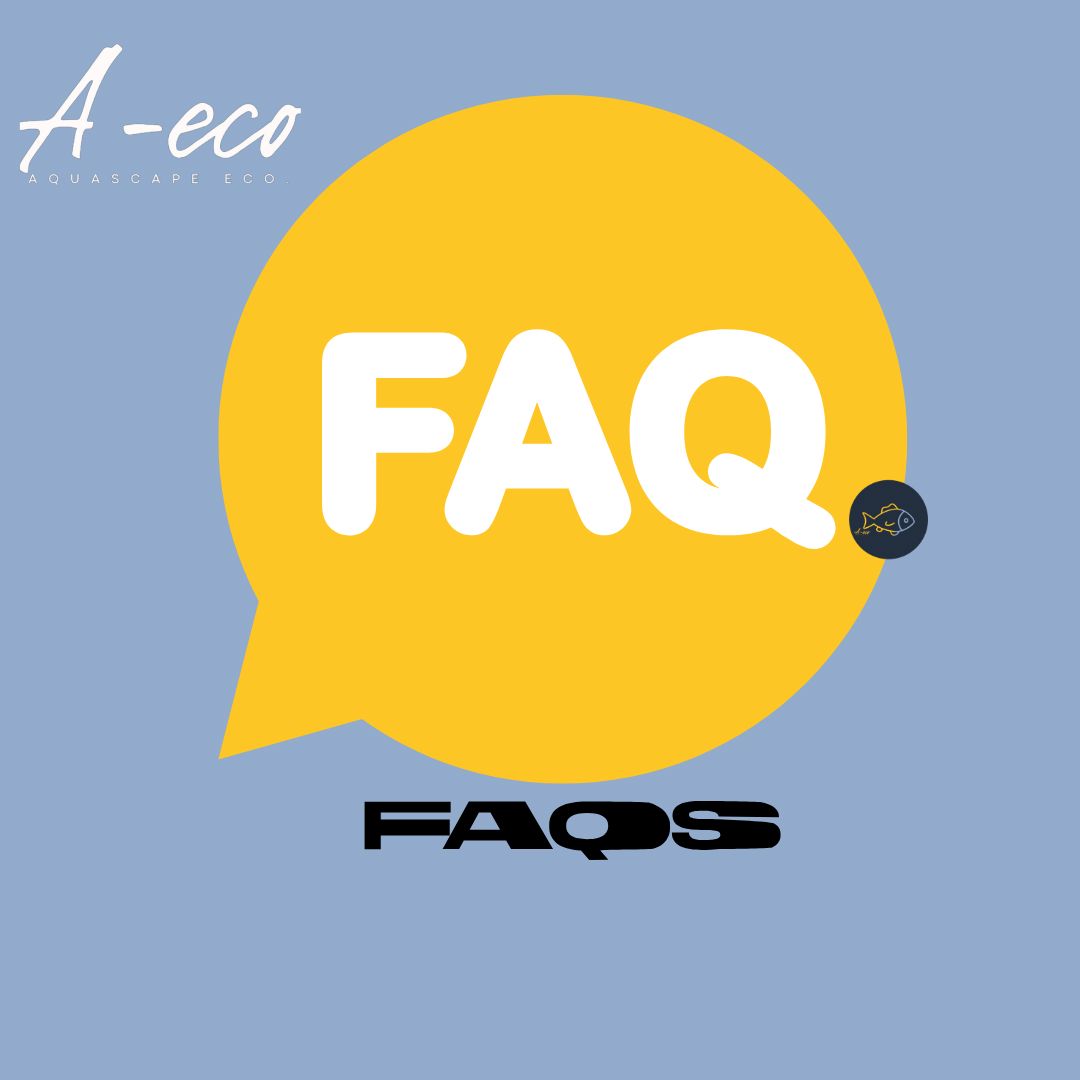Mon - Fri 9am-4pm
1(862)-362-1444
1(862)-362-1444
Mon-Fri 9am-5pm EST

Great question! The number of fish depends on your pond’s age and size.
New ponds: Start with one inch of fish per square foot of pond surface.
Established ponds: You can go up to two to three inches of fish per square foot.
Remember to dechlorinate new ponds before adding fish!
To make your fish feel at home, follow these steps:
Check the pH – It should be between 7.0 and 8.0.
Dechlorinate the water – Use a product like Tetra’s Aquasafe.
Equalize the temperature – Float the sealed fish bag in your pond for 15 minutes in the shade.
Gradually mix water – Every 5 minutes, remove a cup of bag water and replace it with pond water (repeat 3 times).
Release the fish – Avoid pouring bag water into the pond.
Salt dip (optional) – If unsure about fish health, dip them for 15 seconds in a 1 lb salt per gallon solution (no iodized salt!).
Feed only what they can eat in 5 minutes.
Summer: High-protein food.
Spring/Fall: Wheatgerm or low-protein food (easier to digest).
Watch for these signs:
Not eating
Gasping at the surface
Fins clamped close to body
Hiding or isolating
Rapid gill movement
Flashing (rubbing against surfaces)
White patches or fin damage
Test for:
Chlorine levels (make sure water is dechlorinated!)
pH, ammonia, nitrite, and oxygen levels
Potential toxins (like runoff from nearby chemicals)
Electrical hazards (yes, it can happen!)
Pond netting – The most effective method!
Blue Heron decoy – Move it every few days (they’re territorial).
Fishing line perimeter – String it 2-3 feet above ground.
Get a dog – Some pups love chasing them away!
Adding 1-1/4 cups per 100 gallons helps fish by:
Reducing stress
Improving gill function
Adding essential electrolytes
For ponds without plants, you can use 2-1/2 cups per 100 gallons.
Try these natural and mechanical methods:
Oxygenating plants – They compete with algae for nutrients.
Floating plants – Cover 60-65% of the surface.
Biological filters – Matala BioSteps or similar.
Pumps – Run them 24/7 (bacteria die if shut off too long).
UV clarifiers – Optional but effective!
Manually remove it.
Use an algae control product like PondCare AlgaeFix.
Rectangular pond: Length × Width = Square feet
Circular pond: (Half the diameter)² × 3.14 = Square feet
Rectangular pond: Length × Width × Depth × 7.5 = Gallons
Circular pond: (Half the diameter)² × 3.14 × Depth × 7.5 = Gallons
Use this formula:
(Amps × Volts) ÷ 1000 × Cost per kWh × 24 × 30 = Monthly cost
(Your power company can tell you your kWh cost.)
Fish will eat the larvae!
No fish? Use Mosquito Dunks (BTI bacteria), one per 100 sq. ft.
Perennial & frost-tolerant
Bloom for 3-5 days, opening in the morning & closing at dusk.
Low maintenance – Just give them 5-6 hours of sun and fertilize every 2-4 weeks (May-Sept).
Colors: Pink, red, white, yellow, peach/orange.
More exotic & fragrant
Frost-tender (treat as annuals in cold areas)
Hold blooms high above water
Vibrant colors: Blue, lavender, pink, purple, red, yellow, white
Two types: Day bloomers & night bloomers
Needs warm water (70°F+)
Huge, dramatic flowers & floating leaves
Bloom all summer into fall
Requires 5-6 hours of sun
Plant in large containers & fertilize regularly
Thrive in shallow water at pond edges
Provide height & texture to your water garden
Many bloom with pink, white, or yellow flowers
Add shade & color to ponds
Reduce algae by blocking sunlight
Provide fish spawning areas
They remove impurities & prevent algae
Absorb carbon dioxide & release oxygen
Provide shelter for baby fish
Hardy lilies: Move to deepest part of the pond.
Tropical lilies: Store indoors in a heated aquarium or moist sand (50-65°F).
By following these tips, you’ll keep your pond thriving year-round! Have more questions? Reach out to Aquascape Eco—we’re here to help you build the pond of your dreams!